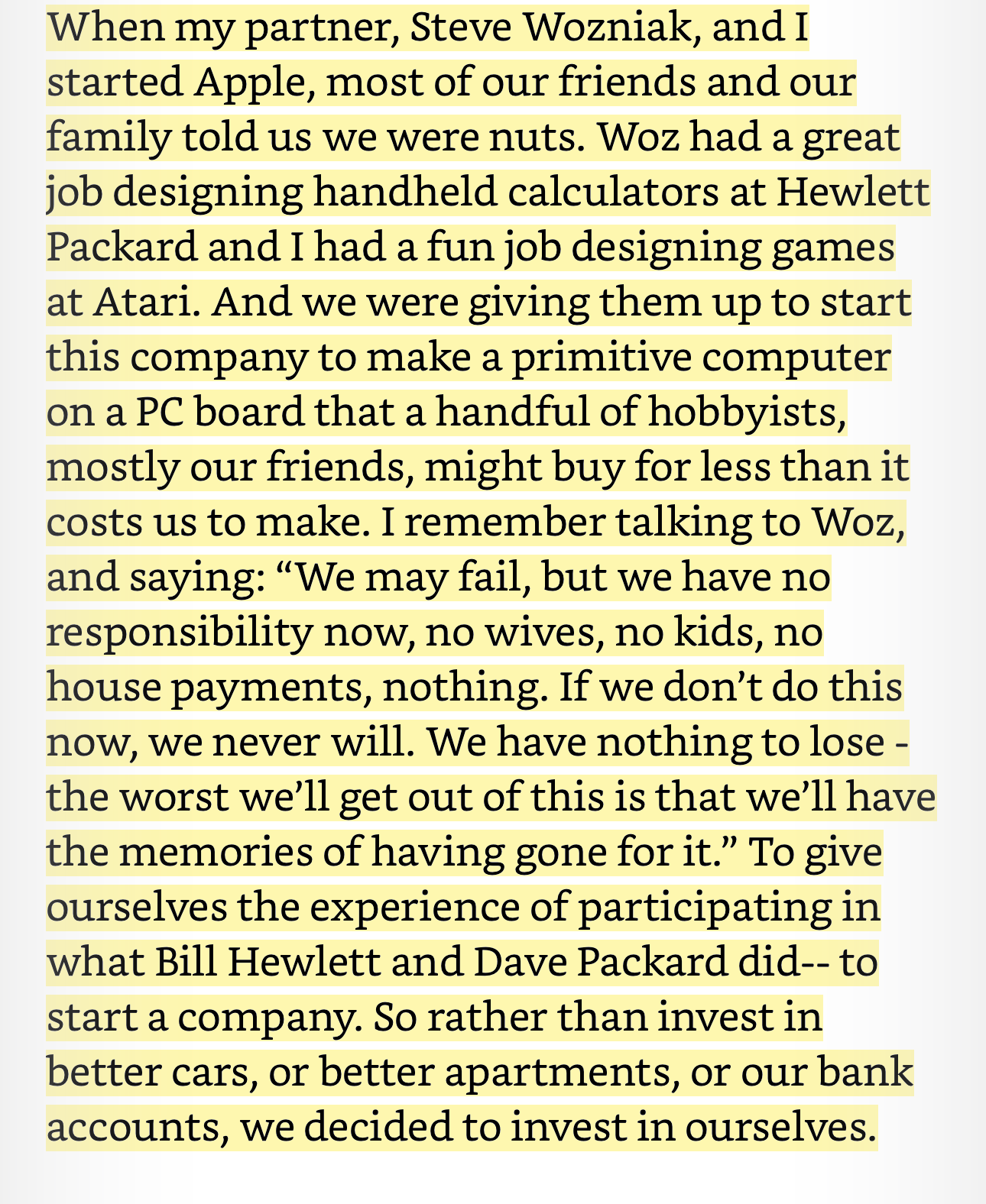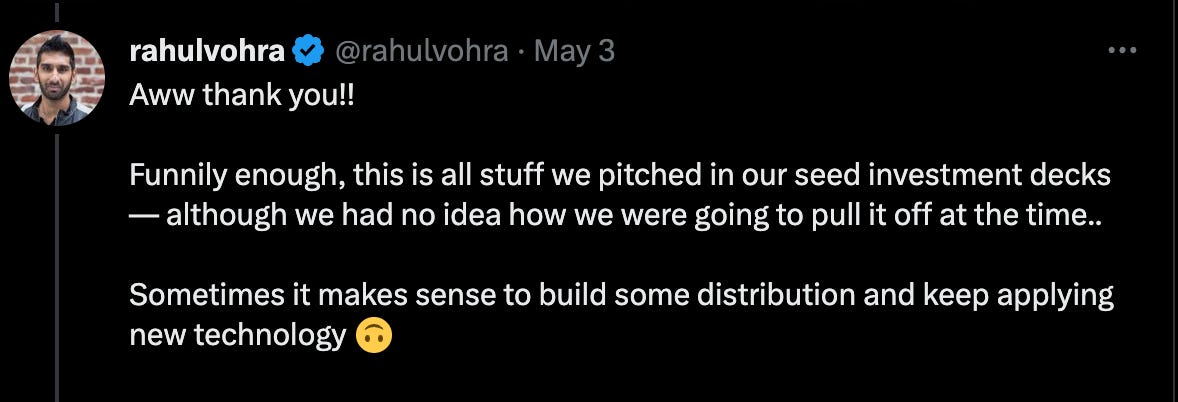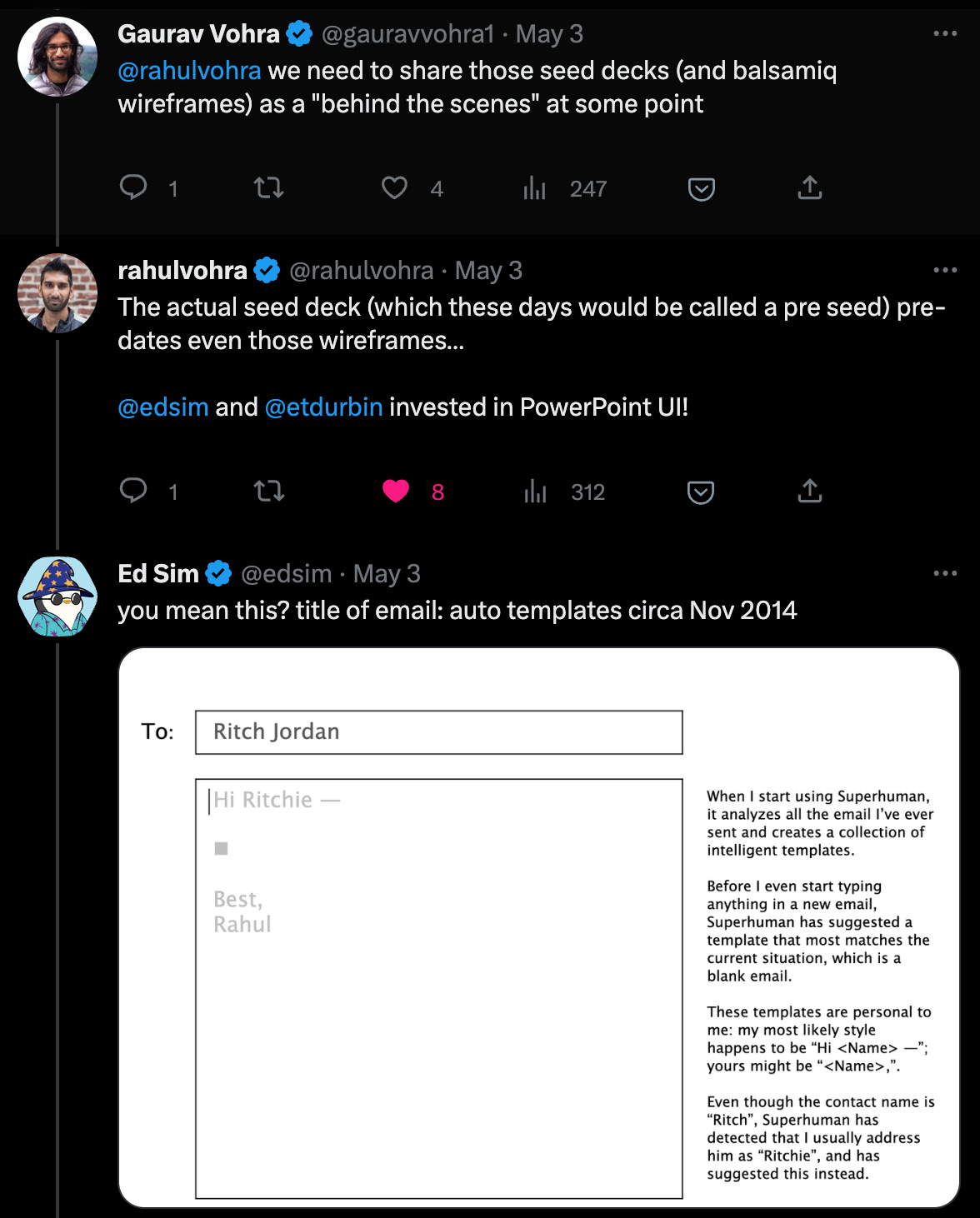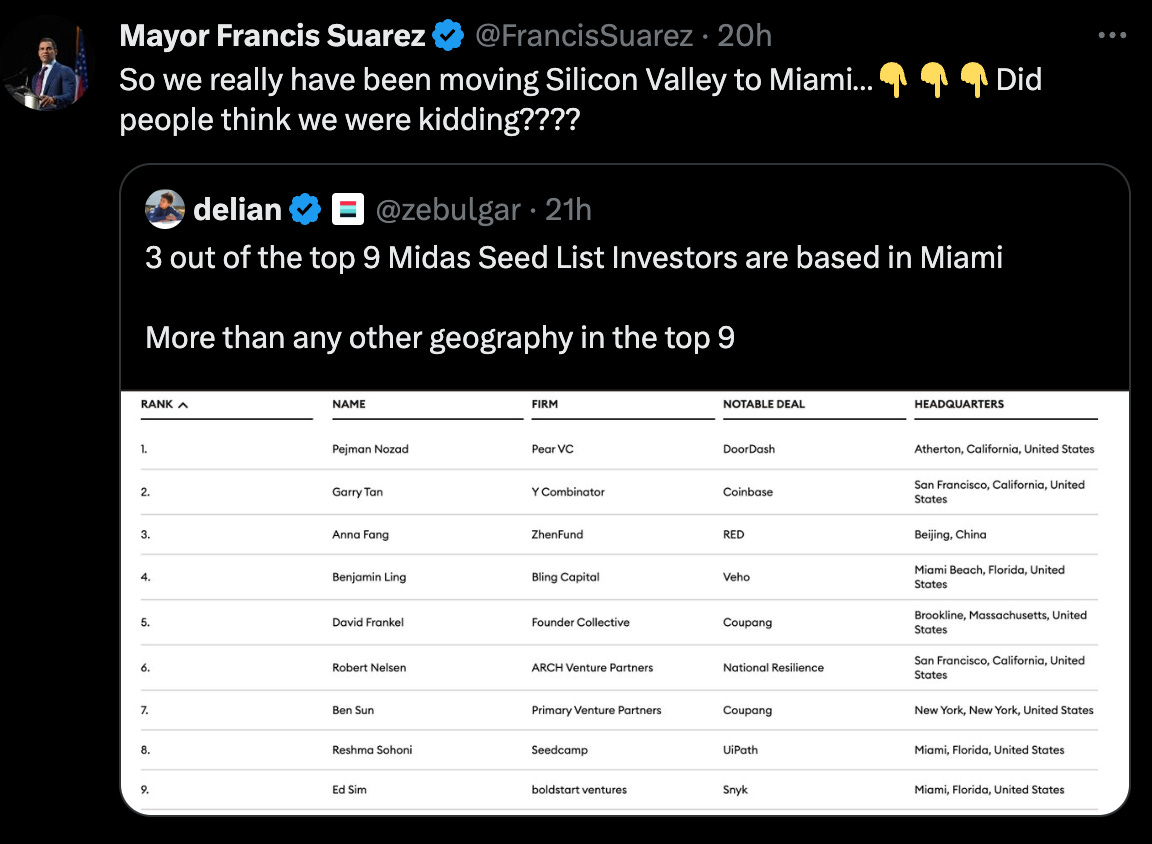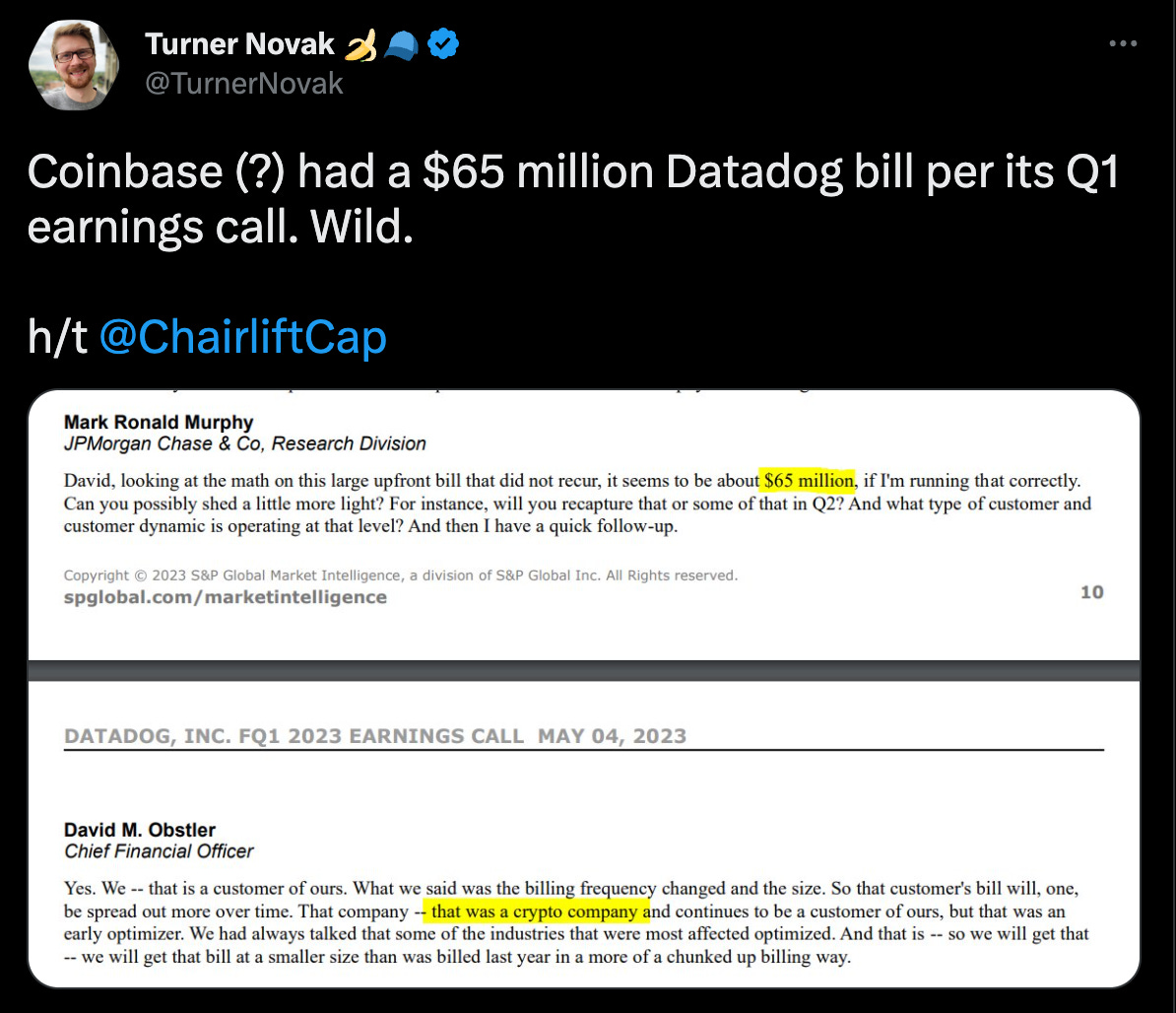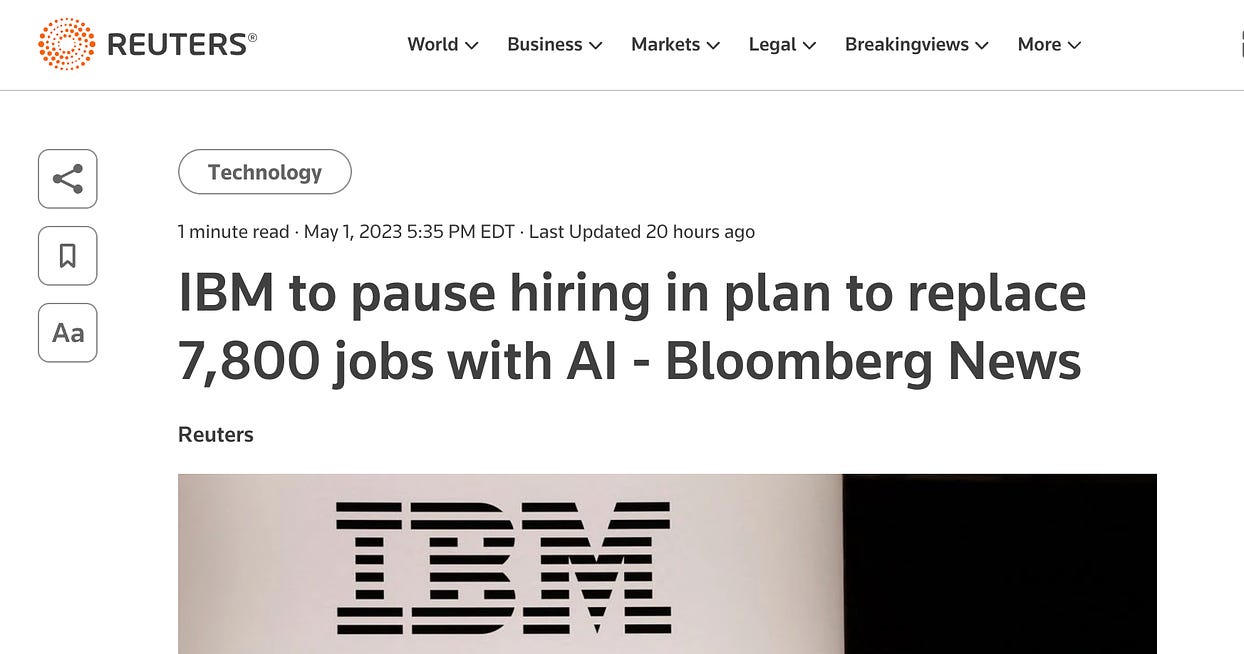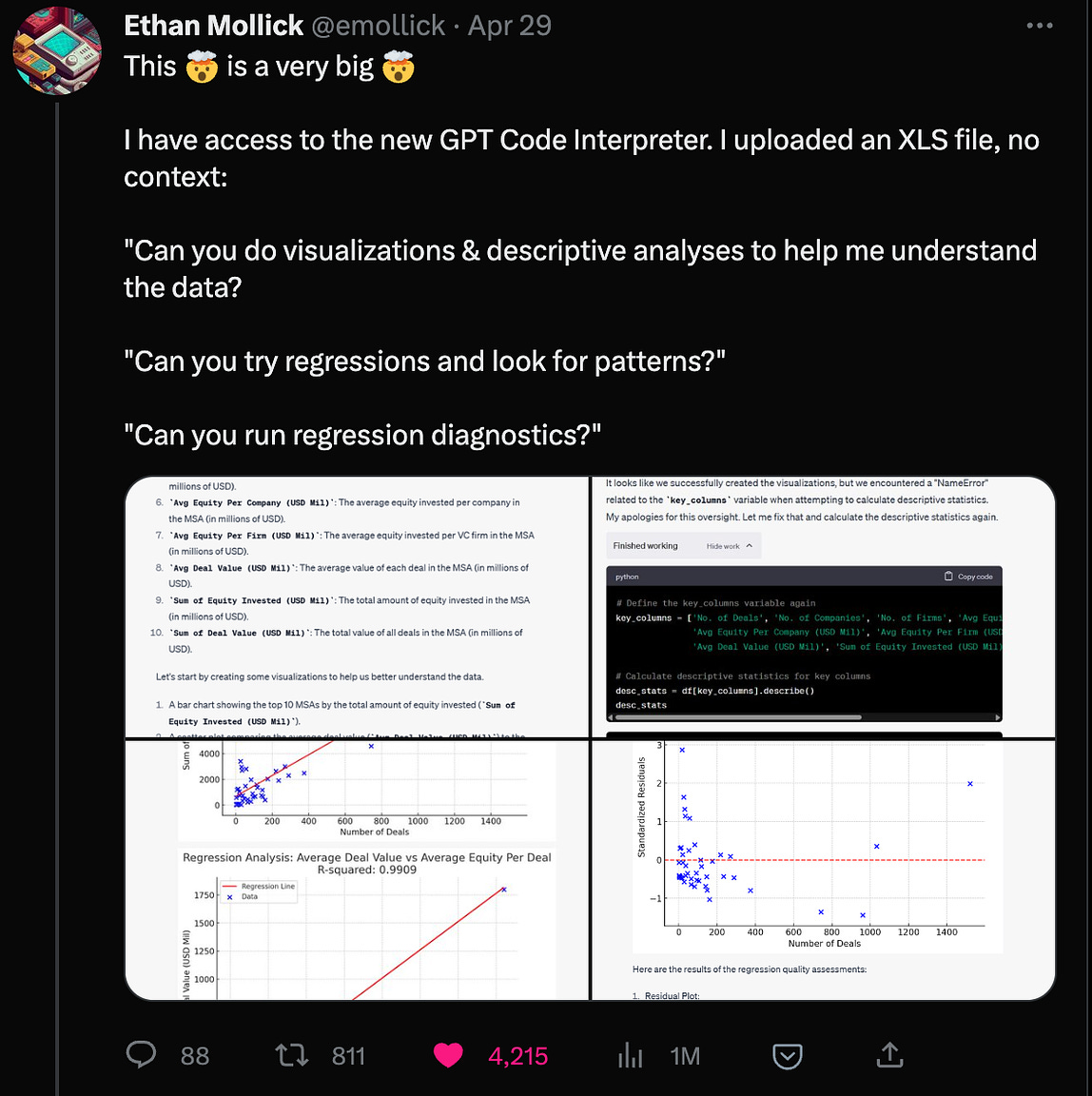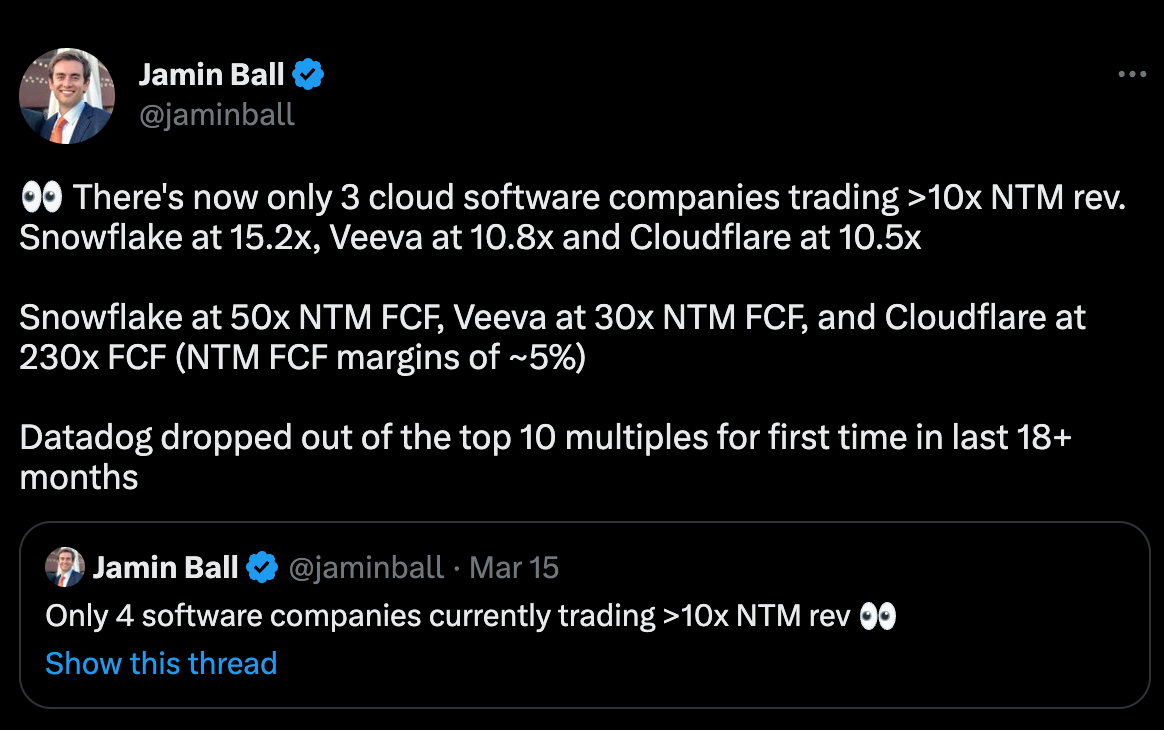We all know it’s rough out there but innovation is stopping for no one. In times like these, it’s important to sometimes take a pause and perhaps go back and learn from the masters. The good news is that the Steve Jobs Archive released a free e-book a couple of weeks ago called “Make Something Wonderful - Steve Jobs in his own words.” I’ve selected a few quotes Steve to perhaps help you get unstuck or keep going.
Some form of crazy 🤪 required to start a company
The why you start a company
The reason we [Woz and I] built a computer was that we wanted one, and we couldn’t afford to buy one. They were thousands of dollars at that time. We were just two teenagers. We started trying to build them and scrounging parts around Silicon Valley where we could. After a few attempts, we managed to put together something that was the Apple I. All of our friends wanted them, too. They wanted to build them. It turned out that it took maybe fifty hours to build one of these things by hand. It was taking up all of our spare time because our friends were not that skilled at building them, so Woz and I were building them for them.
Intuition and not about TAM and segmentation - can we build a better product
And it wasn’t driven by a bunch of market research or financial spreadsheets about how big certain markets were. It wasn’t driven by that at all. It was driven by the fact that we all hated our phones. We talked to all of our friends and all the people we knew, and they all hated their phones. And we thought, “This is a really important device, and everybody hates it. They don’t know how to use even 10 percent of the features that are on these phones!”
Enjoy the Journey
The journey is the reward. People think that you’ve made it when you’ve gotten to the end of the rainbow and got the pot of gold. But they’re wrong. The reward is in the crossing the rainbow. That’s easy for me to say—I got the pot of gold (literally). But if you get to the pot of gold, you already know that that’s not the reward, and you go looking for another rainbow to cross.
The importance and longevity of storytelling
On the creative side, though, I think the art of storytelling is very old. And no amount of technology can turn a bad story into a good story. […] Storytelling is a real art, and that’s something that we’re always going to be working on very, very hard. I don’t think it’s changed in a long time, and I’m not sure it will. And I don’t think it’s something that the technology has anything to do with.
You can hardly find an Apple II around too much anymore. You still can in the schools, but that’s about it. It’s not clear whether you’ll be able to boot up a Macintosh five years from now or not. All these technology boxes and all this software: it has a life of a year or two, if you’re very lucky. If it has a life of five years, it’s extraordinary. And every once in a while, something has a life of ten to fifteen years—and I’ve been lucky to be associated with a few of those products as well. But sooner or later, they all become part of the sedimentary layer that is the foundation for new innovation.
[By contrast] Disney released its first animated feature film, Snow White, in 1937. That’s sixty years ago. A few years ago, they rereleased it on video and sold 28 million copies, making probably around a quarter billion dollars of profits—sixty years after its initial release!
Keep building and pushing the boundaries on product no matter how successful you are
We started with nothing. So whenever you start with nothing, you can always shoot for the moon. You have nothing to lose. And the thing that happens is—when you sort of get something, it’s very easy to go into cover-your-ass mode, and then you become conservative and vote for Ronnie. So what we’re trying to do is to realize the very amazing time that we’re in and not go into that mode.
❤️ this - a liberal arts perspective to technology - I believe this will be even more important with AI, to bring the human connectivity, the ease of use but the emotional intelligence as well in all that we do
What I mean by that is that if you really look at the ease of use of the Macintosh, the driving motivation behind that was to bring—not only ease of use to people so that many, many more people could use computers for nontraditional things at that time—but it was to bring beautiful fonts and typography to people. It was to bring graphics to people, not for plotting laminar flow calculations, but so that they could see beautiful photographs, or pictures, or artwork, et cetera, to help them communicate what they were doing, potentially. Our goal was to bring a liberal arts perspective and a liberal arts audience to what had traditionally been a very geeky technology and a very geeky audience.
And speaking of crazy - really excited for this from portfolio co Superhuman
NEW: Superhuman AI 🪄
Write entire messages effortlessly (in your own voice and tone!), translate languages, summarize long emails, and research almost anything — thanks to the power of AI. Read the news & learn how you can be the first to try it 👇🏼
https://bit.ly/3LOG3KD
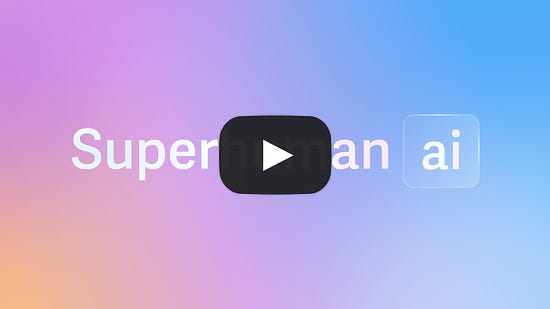
BTW, back story is that this is what Rahul pitched 9 years ago - the tech was just never ready for primetime until now 🧵
Kind of ugly design frame and obviously would have looked much better if Figma existed!
As always, 🙏🏼 for reading and please share with your friends and colleagues.
Ha, wouldn’t get this treatment in NYC! Cool to be on this year’s Midas Seed List again and even more awesome to have 3 from Miami 🌴 in top 9. 🙏🏼 for my team at boldstart and for the amazing founders we have the opportunity to back.
Read more: Midas Seed List Trendsetters and full list here
Ed Sim, Boldstart Ventures (#9)
Years ago, Ed Sim recognized that the digital world would need a robust ecosystem of security and infrastructure products to keep things running smoothly and protect consumers and businesses. Since founding Boldstart in 2010, he has invested early in startups meeting those challenges – and in many cases, been hands-on since day one…
Important post from Werner Vogels, CTO of Amazon - while we in the VC/startup space are always enamored by the latest greatest technologies like serverless, microservices, etc, Werner points out that “Monoliths are not dinosaurs”
My rule of thumb has been that with every order of magnitude of growth you should revisit your architecture, and determine whether it can still support the next order level of growth.
A great example can be found in two insightful blog posts written by Prime Video’s engineering teams. The first describes how Thursday Night Football live streaming is built around a distributed workflow architecture. The second is a recent post that dives into the architecture of their stream monitoring tool, and how their experience and analysis drove them to implement it as a monolithic architecture. There is no one-size-fits-all. We always urge our engineers to find the best solution, and no particular architectural style is mandated. If you hire the best engineers, you should trust them to make the best decisions.
👀
Deep thoughts from Yuval Noah Harari (author of Sapiens) - “argues that AI has hacked the operating system of human civilisation” (The Economist)
Money, too, is a cultural artefact. Banknotes are just colourful pieces of paper, and at present more than 90% of money is not even banknotes—it is just digital information in computers. What gives money value is the stories that bankers, finance ministers and cryptocurrency gurus tell us about it. Sam Bankman-Fried, Elizabeth Holmes and Bernie Madoff were not particularly good at creating real value, but they were all extremely capable storytellers.
What would happen once a non-human intelligence becomes better than the average human at telling stories, composing melodies, drawing images, and writing laws and scriptures? When people think about Chatgpt and other new ai tools, they are often drawn to examples like school children using ai to write their essays. What will happen to the school system when kids do that? But this kind of question misses the big picture. Forget about school essays. Think of the next American presidential race in 2024, and try to imagine the impact of ai tools that can be made to mass-produce political content, fake-news stories and scriptures for new cults.
🤯 Leaked Google document: “We Have No Moat, And Neither Does OpenAI” (Simon Willison)
The premise of the paper is that while OpenAI and Google continue to race to build the most powerful language models, their efforts are rapidly being eclipsed by the work happening in the open source community.
While our models still hold a slight edge in terms of quality, the gap is closing astonishingly quickly. Open-source models are faster, more customizable, more private, and pound-for-pound more capable. They are doing things with $100 and 13B params that we struggle with at $10M and 540B. And they are doing so in weeks, not months.
Capital efficiency rules…except in AI - $225M is quite a seed round. BTW, lots of the 💰is going to pay off infra providers to train models and then secondly, demand for top PhD AI talent is 📈 - all of that equals an expensive starting line
Hoffman’s Greylock Partners is an investor in the company, and co-led Inflection’s $225 million seed funding round. The company declined to provide its valuation.
👀 who’s next?
Never do this 👇🏼
Game changing from Ethan Mollick…
Goldmans Sachs and Generative AI (WSJ CIO Journal) - “months not years” to move some experiments into production
WSJ: How are you approaching generative AI?
Mr. Argenti: One of the first things we did was to embrace, in a pilot, the problem of how you make developers more productive with co-pilot and similar tools. The interesting part about automating code is you can get some pretty quick efficiency gains. But also I think it is beyond efficiency gains. It allows developers to really focus on the purpose and really what is important for the client rather than some of the more repetitive tasks.
WSJ: What kinds of results are you seeing from the experiments?
Mr. Argenti: When it comes to classifying documents, for example, we have seen accuracies that are extremely encouraging. Let’s say, at least as good as humans.
When it comes to coding—the proof of concept isn’t big enough to be sure about these numbers—but I would say that in some cases, we have seen up to 40% of the code written by the AI being accepted by the developer. The efficiency gain there, I think, could be in the double digits. I don’t know how far in the double digits it is: 10%, 20%, 30%, 40%. I think it is safe to expect that something in the low double digits is probably reasonable, but it is very early days.
How much will enterprises pay for security and privacy for ChatGPT (The Information) - 10x?
While the new artificial intelligence–powered chatbot has proved popular with some businesses looking to automate business tasks, other companies, such as banks, have avoided adopting ChatGPT for fear that their employees would inadvertently give the chatbot proprietary information when they use it. Microsoft, which has the rights to resell the startup’s technology, has a plan to win over the holdouts.
Later this quarter Microsoft’s Azure cloud server unit plans to sell a version of ChatGPT that runs on dedicated cloud servers where the data will be kept separate from those of other customers, according to two people with knowledge of the upcoming announcement. The idea is to give customers peace of mind that their secrets won’t leak to the main ChatGPT system, the people said. But it will come at a price: The product could cost as much as 10 times what customers currently pay to use the regular version of ChatGPT, one of these people said.
while not an enterprise co, food for thought (The Transcript) - Chegg stock down 50% this week
Chegg CEO: ".....since March, we saw a significant spike in student interest in ChatGPT. We now believe it's having an impact on our new customer growth rate. Fortunately, we continue to see very strong retention rates..." $CHGG: -38% AH
Multiple compression


